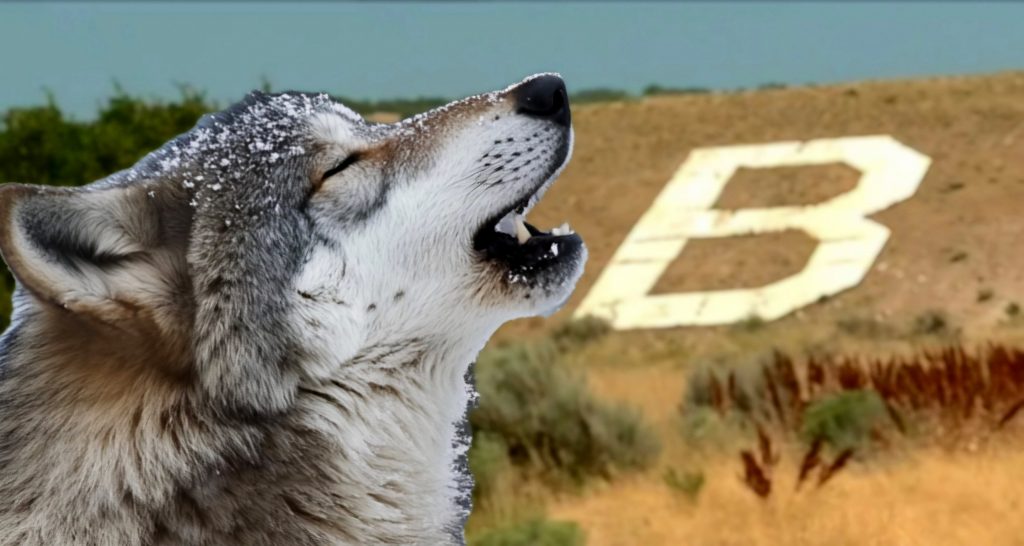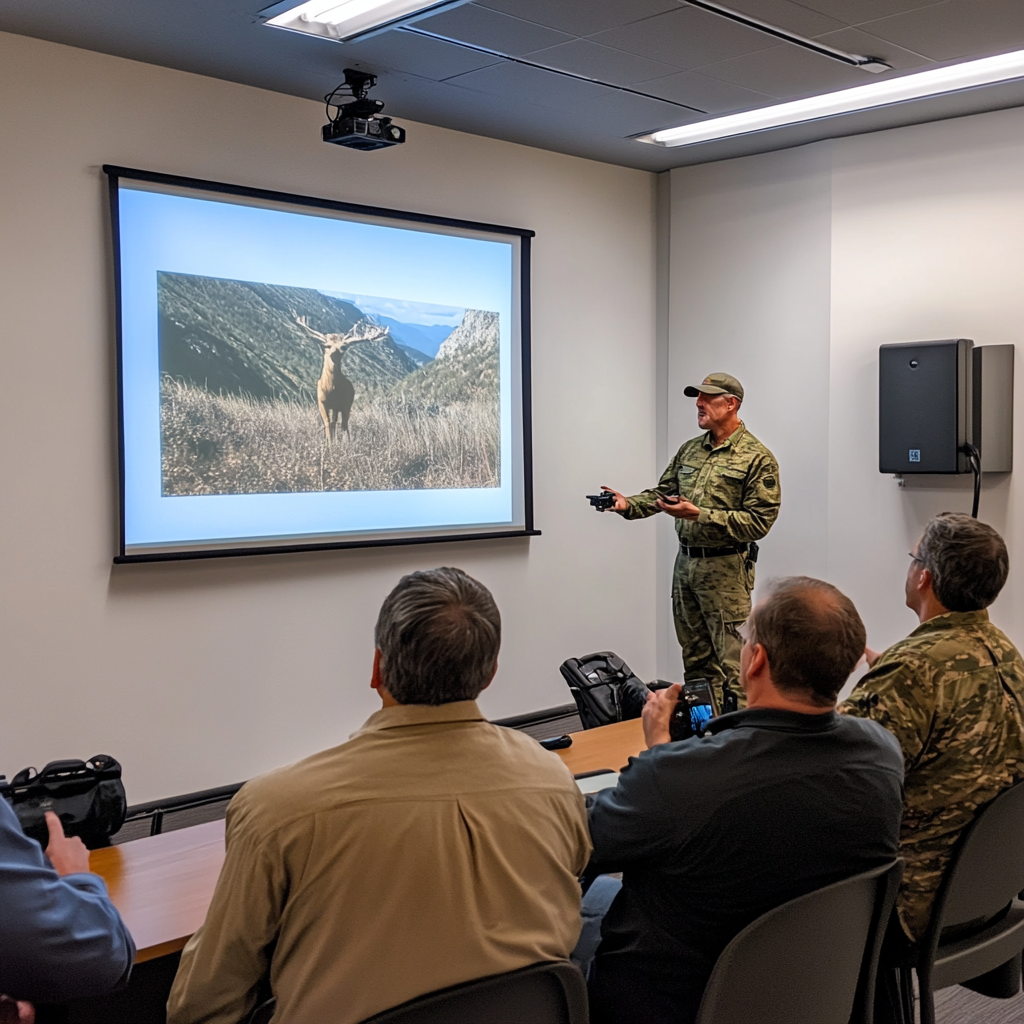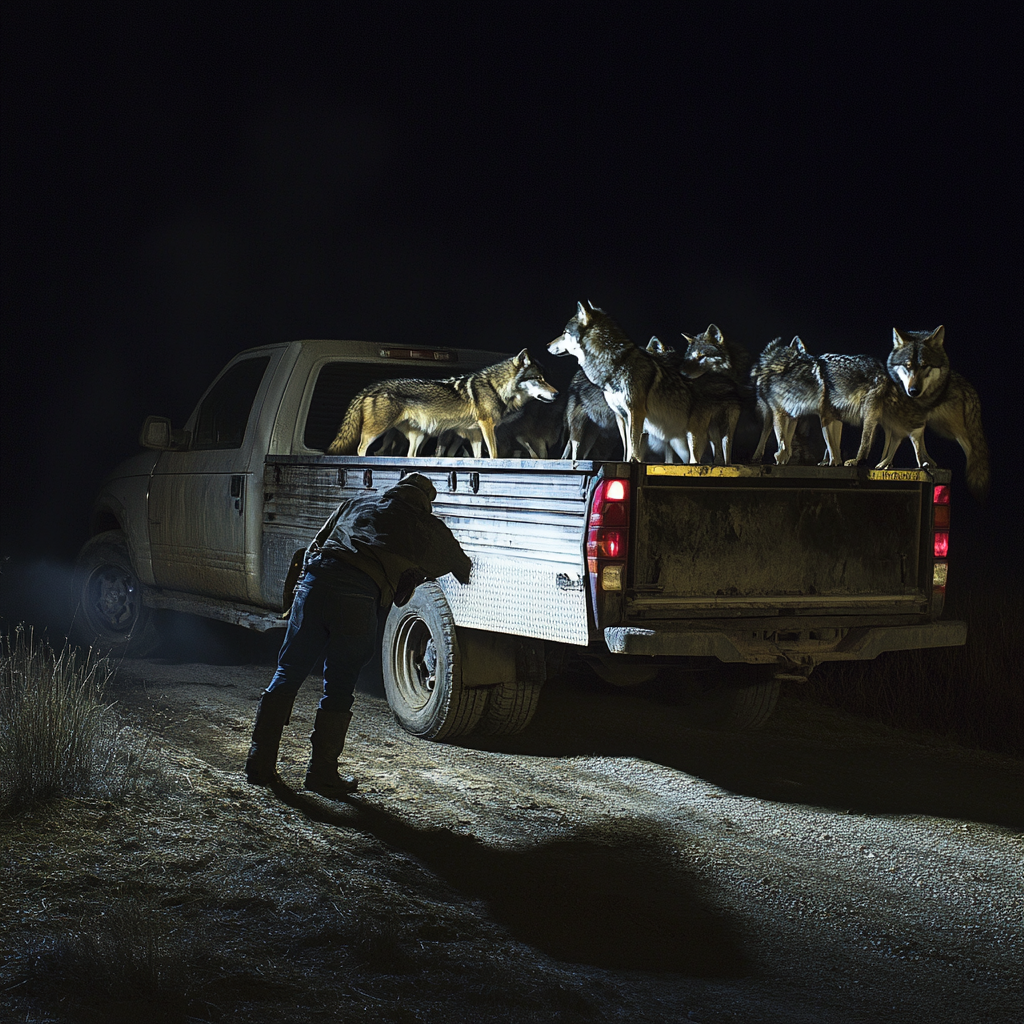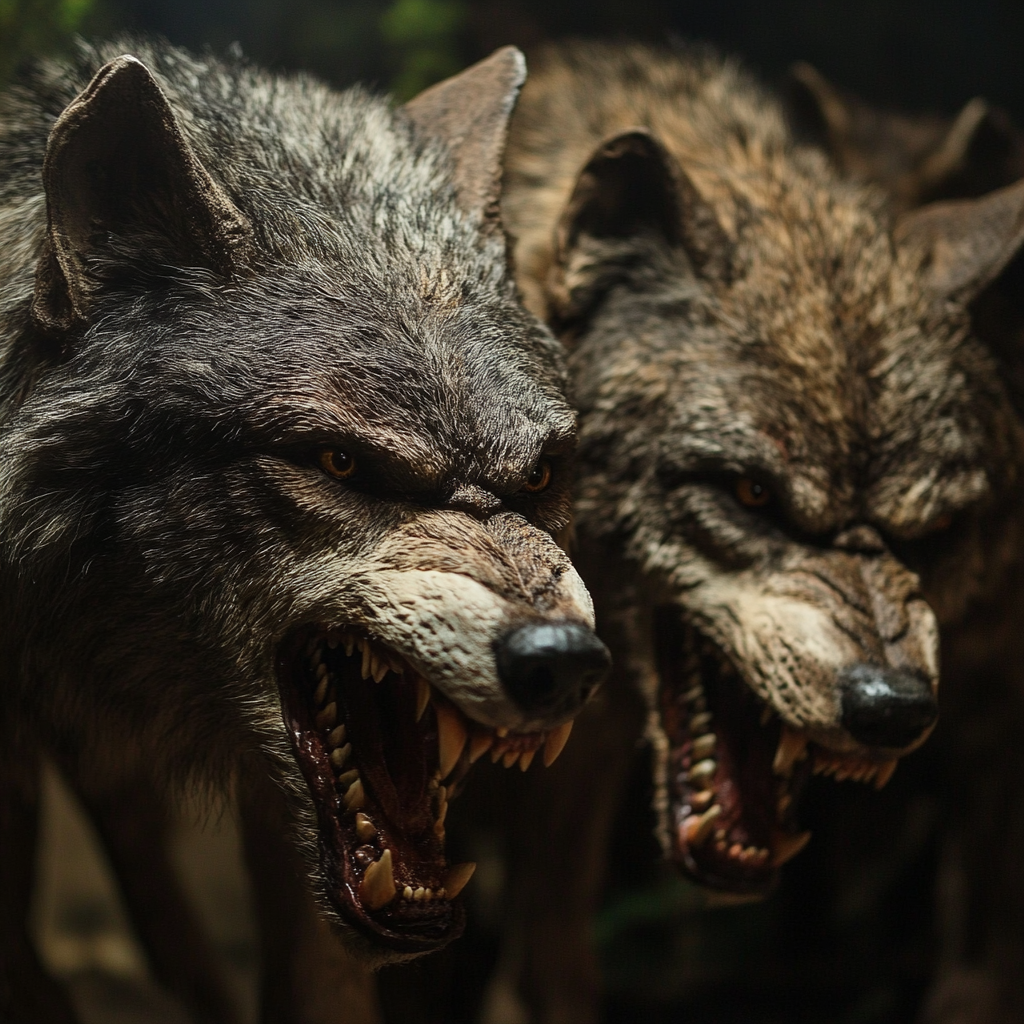
In a move as unorthodox as it was unprecedented, the Utah Division of Wildlife Resources (DWR) hatched a plan that would either be heralded as genius or ridiculed as madness for generations to come. The problem? A plague of deer. Not the picturesque, frolicking kind, but the voracious, shrub-munching, tree-stripping, flower-gobbling variety. The epicenter of this botanical carnage was Bountiful’s east bench, where residents had grown tired of defending their gardens with everything short of flamethrowers.

For years, the battle lines had been drawn. On one side stood the homeowners, armed with elaborate fences, pungent sprays, and desperate prayers. On the other, the deer, determined and apparently impervious to all but the most toxic deterrents. The flora was losing, and the neighborhood had reached a breaking point.

In a recent interview, local resident Karen Smith expressed her frustration over the persistent deer problem in her neighborhood. “It’s just outrageous,” she fumed, gesturing toward the once lush shrubs now reduced to bare branches. “I’ve spent a small fortune on my garden, and these deer waltz in like they own the place, devouring everything in sight. The city needs to step up and do something about this! I’ve tried every deterrent, but nothing seems to work. My yard is becoming a buffet for these animals, and it’s driving me crazy.”

In response to Karen Smith’s complaints, environmental advocate John Davis countered, highlighting the broader issue at play. “Karen, while I understand your frustration, it’s important to remember that your house is built on what used to be the deer’s winter ground,” he argued. “We’ve encroached on their natural habitat, leaving them with fewer resources and forcing them to seek food wherever they can find it. Instead of demanding the city take action against the deer, we should be focusing on sustainable solutions that allow us to coexist with the wildlife. Planting deer-resistant shrubs or installing proper fencing could be a more humane and effective approach.”

Enter the DWR, stage right. After much deliberation, brainstorming sessions, a failed drone strike and possibly a few too many late-night documentaries on apex predators, the solution became clear: wolves. Not just any wolves, but robust, hearty Canadian wolves, well-versed in the art of deer hunting and ready for a change of scenery.

The plan was executed with military precision. In the dead of night, a convoy of unmarked trucks rolled into Bountiful, each carrying a pair of wolves. The animals, dubbed “Operation Lawn and Order,” were released into the eastern hills with little fanfare and less warning. Residents awoke to the news with a mixture of disbelief and excitement, hoping these new arrivals would finally put an end to their horticultural nightmare.

We will bring you more on this story as it develops
Parody/Satire
let them roam….. good idea